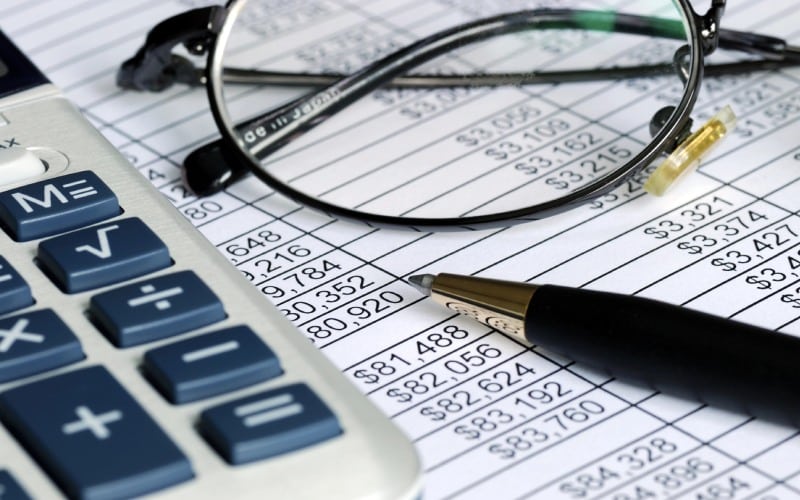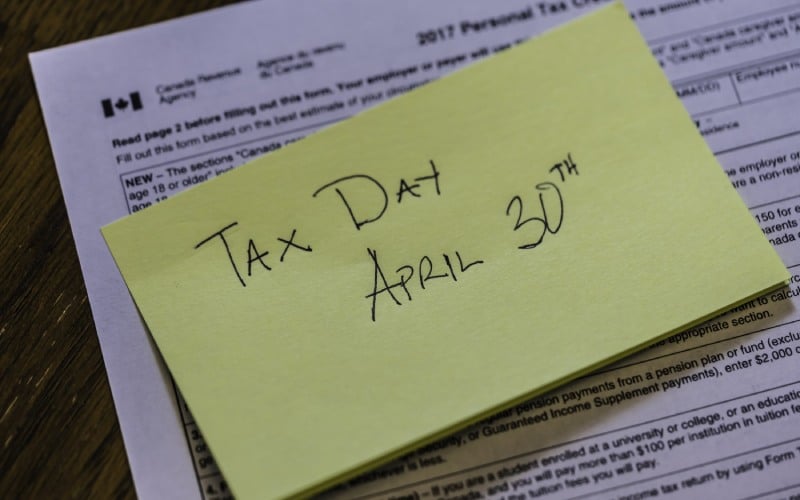Tax time is stressful – especially for pharmacy owners who are juggling both personal and business taxes, or self-employed pharmacists who have a complex relationship between the personal and business-related elements in their taxes. However, understanding the intricacies of the tax system and being well-prepared can make the process smoother and more efficient.
Step 1: Gather All Documentation
Hopefully, you have been doing this throughout the year and are organized, or have a bookkeeper maintaining your records and documents, so this should be simple. However, it is still worth reviewing everything to make sure it is complete. Creating a checklist can help.
For pharmacy owners, this includes business-related documents such as income statements, expense receipts, and payroll records. Pharmacists should collect their T4 slips, investment statements, and any other relevant personal financial documents.
Step 2: Catch Up on Changes
Tax laws are subject to change, and staying informed about these changes is vital. A review of this year’s tax changes will help. For more information, while the Canada Revenue Agency (CRA) offers resources, a tax professional experienced in the pharmacy business can not only simplify the information for you, so you can stay up-to-date on any relevant changes, but also customize and tailor the information for your specific needs.
Step 3: Coordinate and Differentiate Personal and Business Financial Documents
If you own a pharmacy or are a self-employed pharmacist, it is important to ensure that personal and business records are kept properly and separate from each other, to ensure you don’t unintentionally double dip on a claim, claim it wrongly, or forget to claim a deduction altogether.
Pharmacy owners and self-employed pharmacists must distinguish between business and personal expenses to accurately calculate taxable income. Maintaining separate bank accounts for business and personal finances will help, as will using accounting software to track and categorize expenses.
During tax planning, it is important to have a strategy for certain activities to determine whether they are business or personal, such as deciding whether to purchase a vehicle under the business or personally. Make sure you claim any expenses or deductions appropriately.

Step 4: Get Prepared
Review these common tax mistakes before beginning for some tips that will help you now and for the next tax season.
Step 5: Leverage Tax Deductions and Credits
There are several available tax deductions and credits that help pharmacy owners and self-employed pharmacists minimize their tax liability. Common deductions for pharmacies may include business expenses, inventory losses, capital cost allowance (CCA) for equipment, and employee benefit plans. You should also explore personal deductions, such as medical expenses, tuition fees, and more.
While there are some tips available on leveraging various claims and deductions, consulting with a tax professional is again helpful, to ensure you are identifying all deductions and credits you are eligible for, and claiming them properly. Be sure to keep detailed records to support your claims.
Step 6: Understand GST/HST Obligations
As a pharmacy owner, you must be aware of your Goods and Services Tax (GST) or Harmonized Sales Tax (HST) obligations. Ensure that your pharmacy is registered for GST/HST and that you are collecting and remitting the correct amount. Input tax credits can offset the taxes paid on business expenses.
Step 7: Plan for Retirement Contributions
On the personal side, pharmacists should consider contributing to retirement savings plans. Contributions to Registered Retirement Savings Plans (RRSPs) can provide tax benefits while securing your financial future. You have the first 60 days of 2024 to top up your RRSPs to maximize the tax benefits. Do your taxes early enough so you can see how much impact an additional contribution to your RRSP can make, and then contribute accordingly.

Step 8: Review and Submit Your Tax Returns
Next, carefully complete your tax returns, and meticulously review them to catch any errors or oversights. Whether you submit paper forms or use online software, be sure to complete both personal and business tax returns on time to avoid penalties.
Step 9: Take Time to Review and Plan for Next Year
If you had a significant amount due to the CRA, you are probably feeling strongly motivated to find ways to reduce your taxes for the next year. However, whether or not you had a large tax bill, it’s worth reviewing your state of financial affairs right after submitting. This enables you to gain the full benefit of any tax strategy, as you have enough time to implement changes. It also ensures that any learnings from this tax season are still fresh in your mind.
For example, if you work in multiple pharmacies, and notice you have driven significant distances while earning income as a T4 employee, consider transitioning from a staff pharmacist to a relief. This will allow you to capitalize on tax deductions for business cars, cell phones, and travel expenses.
Getting Expert Help
Navigating the complexities of taxes in the pharmacy world demands expert advice. Consulting with a seasoned accountant is crucial for personalized guidance, compliance assurance, and optimizing tax advantages. Establishing an ongoing relationship with tax professionals experienced in the pharmacy industry, like the Pharma Tax team, simplifies financial matters and ensures maximum refunds. We’ll make your taxes straightforward, while securing the maximum refund.
- With The New Capital Gains Tax Changes for 2024, What are the Best Places to Tax Shelter My Money? - November 1, 2024
- Business Overhead Insurance: What it is & Why You Need It - October 18, 2024
- How Long Do I Need to Keep Receipts? - October 5, 2024


